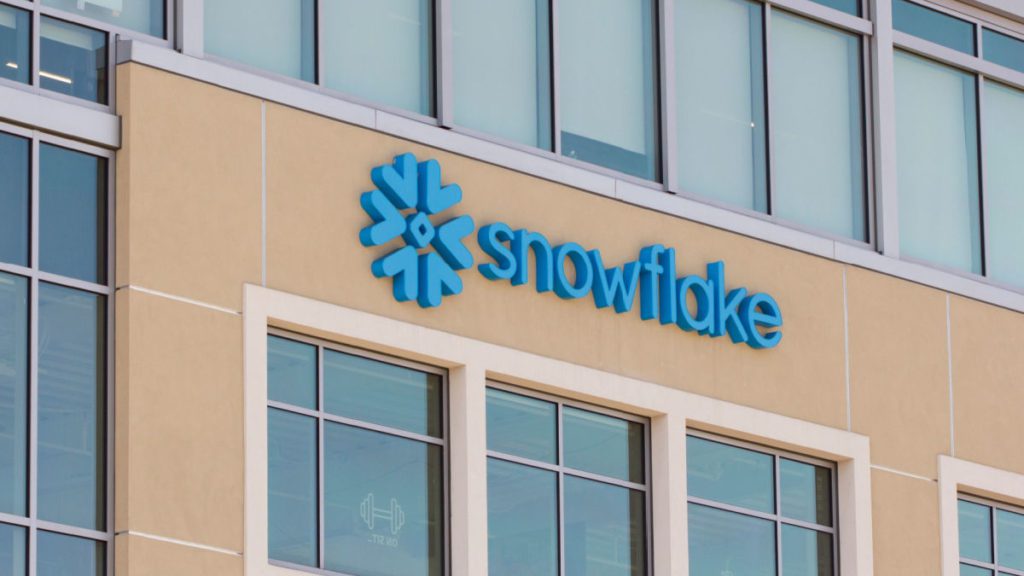
With Snowflake product revenue soaring 83% last quarter, it was fascinating to see how all that high-flying data-cloud love is being spread across the three big hyperscalers: 80% to AWS, 18% to Microsoft Azure, and just 2% to Google Cloud.
Now, that could be due to the fact that both Microsoft and Google Cloud are eager to push their own data-cloud solutions, and aren’t as motivated as AWS to bring Snowflake into the mix.
But in the battle for big cloud-infrastructure deals, I would think that both Microsoft and Google Cloud would want to ensure that customers have as many options and choices as possible, rather than feeling limited by the old “not invented here” nemesis.
With Snowflake product revenue jumping a breathtaking 83% for its fiscal Q2 ended July 31, and with the company projecting ongoing strong growth for at least the next several months, that wild spread across the three hyperscalers — 80% for AWS, 18% for Azure, and 2% for Google Cloud — will only attract more attention as the Salesforce phenomenon continues to build.
Here’s how those numbers came to light: on Snowflake’s August. 24 earnings call, analyst Simon Leopold of Raymond James asked a broad question about the “suppliers of public cloud capacity” and whether Snowflake is “seeing any change in how they work with you and their pricing.”
In reply, Snowflake CEO Frank Slootman said, “I think that most enterprises typically decide first on their public cloud platform strategy and oftentimes, it’s a multi-cloud posture. Over time, that can change.
“And then they sort of decide on, okay, where is Snowflake going to run?”
Slootman then made some interesting comments about pricing.
“Obviously, our pricing does vary — Snowflake is more expensive on one cloud than another,” he said without offering any details.
“And obviously, the most aggressive pricing we have is on our top cloud providers where we have this concentration of deployment. So obviously, it matters to our customers because it all translates to dollars and cents.”
Aside from those pricing dynamics, Slootman said, customers should not experience any other differences.
“The reality is Snowflake is Snowflake, and there’s really no change in the experience depending on what cloud you’re running on. So, you would think that it is strictly an economic trade-off, but it’s usually predicated by why they picked one public cloud platform over another.”
Snowflake CFO Mike Scarpelli then jumped in with the details, saying, “The majority of our customers — 80+% — run in AWS, about 18% is Azure, and 2% is GCP.”
Want to gain more insights from Bob Evans and view cloud-focused content from Cloud Wars Expo? On-demand video from the event is rolling out now, with more than 40 hours of cloud education content — featuring 100-plus speakers — to be made available in the coming days. All content is free to Acceleration Economy subscribers with an on-demand pass.








